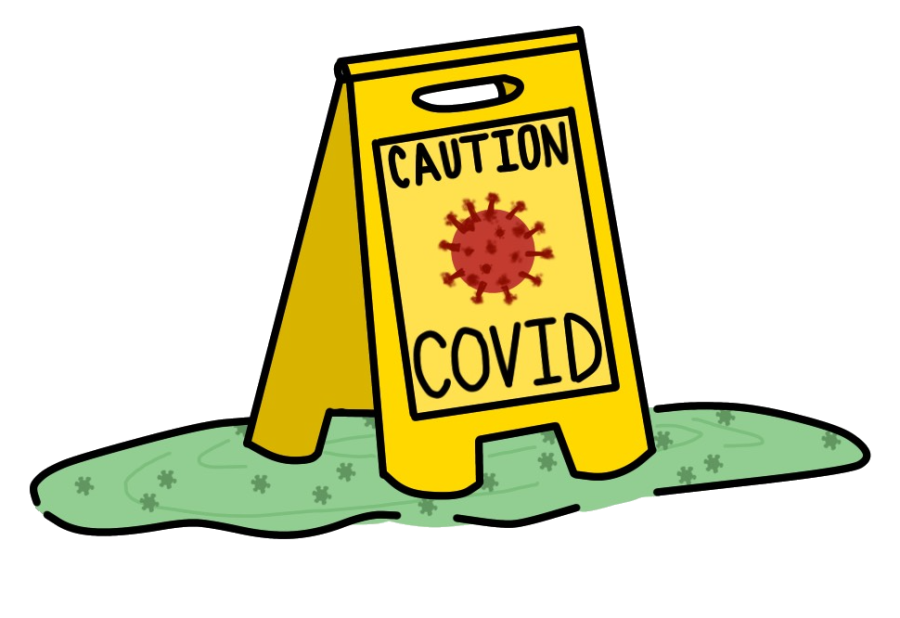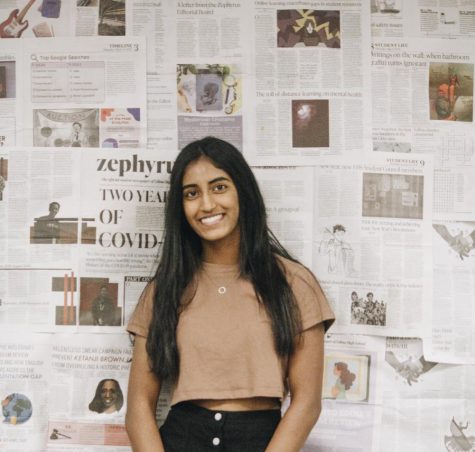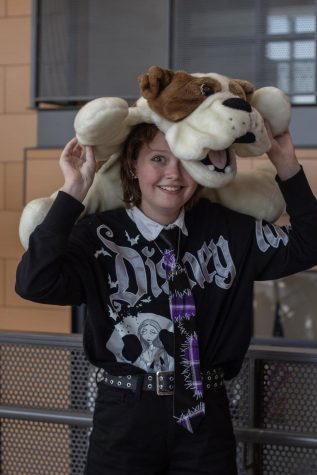Edina keeps doors open amidst rising COVID numbers: What changed?
Edina prioritizes in-person learning, even with rising COVID-19 cases and staffing shortages.
February 13, 2022
After a school year and a half spent online, it’s safe to say the majority of the nation anticipated leaving online school behind. Yet, the pandemic—despite attempts to return to normalcy—has permanently altered conventional ways of life. Undoubtedly, schools across America have faced the brunt of its effects, with 75% of all schools operating online during 2021. While the 2021-2022 school year marked a return to full-time in-person learning, it was contingent upon low COVID-transmission and case numbers in schools. Yet, when these very transmission rates and case numbers were heightened during the rapid wave of Omicron in early January, many school districts—including Edina—continued to operate in person. School districts that had once abruptly shut down continued operating at full capacity with spiking numbers. So what changed?
During the COVID-19 Peacetime Emergency in March of 2020, Minnesota public schools were required to offer a distance learning option for families. And while the Peacetime Emergency ended, many districts opted to continue offering online options for students and families. During the 2020-2021 school year, the Minnesota Department of Health developed criteria for schools, linking case data and percentages of affected students to a specific learning model.
“That changed this year,” Principal Andrew Beaton said. While the MDE previously had very tight provisions of distancing and the number of cases, they allowed school districts to make their own determination about their metrics this year.
“The state pretty much stayed out of it completely,” Beaton said, “So that’s why the change is more localized now. Individual districts are determining how they’re going to do operations around COVID.” Ultimately, a switch in learning models has become an individual decision.
There have been 813 confirmed COVID cases in the Edina middle and high schools since Aug. 30, 2021. This number spiked during early January as students returned from winter break, amassing over 100 confirmed cases per week (Edina COVID Dashboard). Yet, during this new COVID surge, Edina kept its doors open, even as neighboring districts—including Richfield, Minneapolis, and Minnetonka—briefly transitioned to distance learning during this period of time.
There was a clear sense of hesitancy among EHS students as the school remained in-person. “It felt ignorant,” junior Maya Katyal said. “The school was not taking into consideration people with autoimmune issues or with family members at risk, and not having any options for being online.”
Still, some students understood the school’s decision. “It felt slightly unsafe for me, but I felt like it would be much more beneficial to stay in-person,” sophomore Chung Nguyen said, although he recognized how online learning may be appreciated by others. “I personally wouldn’t take it, but I think others would appreciate it if there was a choice to be online.”
From Edina’s standpoint, the two main metrics to consider to keep schools functioning in-person were the number of affected students and staff. “The piece that would potentially put a school into distance learning probably would be staffing before it was student cases,” Beaton said. Edina was fairly close to reaching a high number of absent staff that would require schools to close, even prior to winter break. The district handled this shortage with a combination of building subs, virtual subs, and additional funding which allowed for teachers to cover for colleagues during their preps.
“I think those three things allowed us to kind of weather the storm a little bit when we had higher case numbers,” Beaton said, noting how a shortage of subs, bus drivers, food service staff may have caused other districts to close.
Another contributing factor was the shortened quarantine instituted by the Center for Disease Control and Prevention (CDC), which lowered quarantining requirements to five days, instead of the previous ten. The Minnesota Department of Education (MDE) also requires schools that switch to online learning to apply for provisional approval, which must be approved by the state. Additionally, schools may only offer blended or online learning as an option to families, and cannot require them to opt-in to these learning formats.
While the district may be hesitant to utilize online learning, it’s an option they can now switch to with greater ease. For example, a pipe burst in early January quickly led to two distance learning days for students following Winter Break. Additionally, online learning has brought about permanent changes to schooling as well: Edina will offer fully online courses for students beginning in the 2022-2023 year, a remodeling of the Edina Virtual Academy which was piloted during the COVID-ridden 2020-2021 school year.
Still, in-person learning remains a priority. “Our priority is to be here in person. [The kids] need to be here just for their own academic and emotional well-being. They need to be here and I think our teachers would prefer to be here in person with kids as well,” Beaton said.



